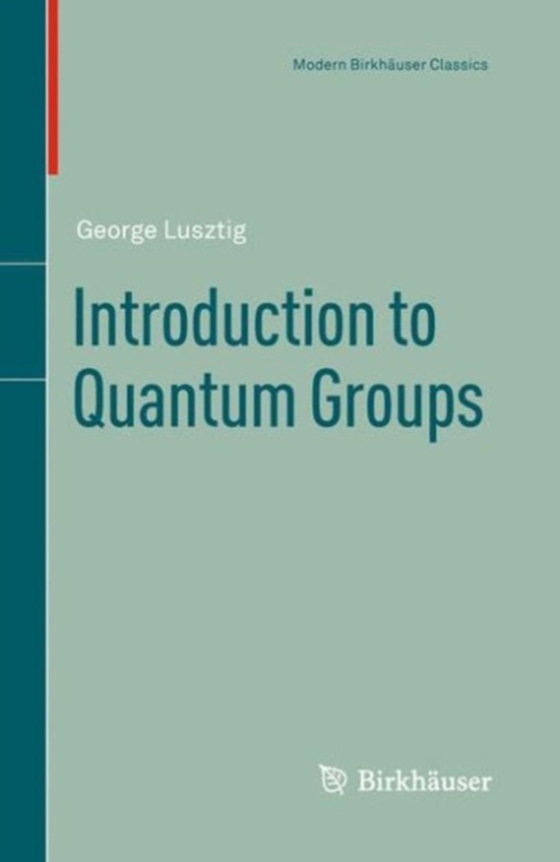
Introduction to Quantum Groups e-bog
656,09 DKK
(inkl. moms 820,11 DKK)
According to Drinfeld, a quantum group is the same as a Hopf algebra. This includes as special cases, the algebra of regular functions on an algebraic group and the enveloping algebra of a semisimple Lie algebra. The qu- tum groups discussed in this book are the quantized enveloping algebras introduced by Drinfeld and Jimbo in 1985, or variations thereof. Although such quantum groups appeared i...
E-bog
656,09 DKK
Forlag
Birkhauser
Udgivet
27 oktober 2010
Genrer
PBF
Sprog
English
Format
pdf
Beskyttelse
LCP
ISBN
9780817647179
According to Drinfeld, a quantum group is the same as a Hopf algebra. This includes as special cases, the algebra of regular functions on an algebraic group and the enveloping algebra of a semisimple Lie algebra. The qu- tum groups discussed in this book are the quantized enveloping algebras introduced by Drinfeld and Jimbo in 1985, or variations thereof. Although such quantum groups appeared in connection with problems in statistical mechanics and are closely related to conformal field theory and knot theory, we will regard them purely as a new development in Lie theory. Their place in Lie theory is as follows. Among Lie groups and Lie algebras (whose theory was initiated by Lie more than a hundred years ago) the most important and interesting ones are the semisimple ones. They were classified by E. Cartan and Killing around 1890 and are quite central in today's mathematics. The work of Chevalley in the 1950s showed that semisimple groups can be defined over arbitrary fields (including finite ones) and even over integers. Although semisimple Lie algebras cannot be deformed in a non-trivial way, the work of Drinfeld and Jimbo showed that their enveloping (Hopf) algebras admit a rather interesting deformation depending on a parameter v. These are the quantized enveloping algebras of Drinfeld and Jimbo. The classical enveloping algebras could be obtained from them for v - 1.
 Dansk
Dansk

